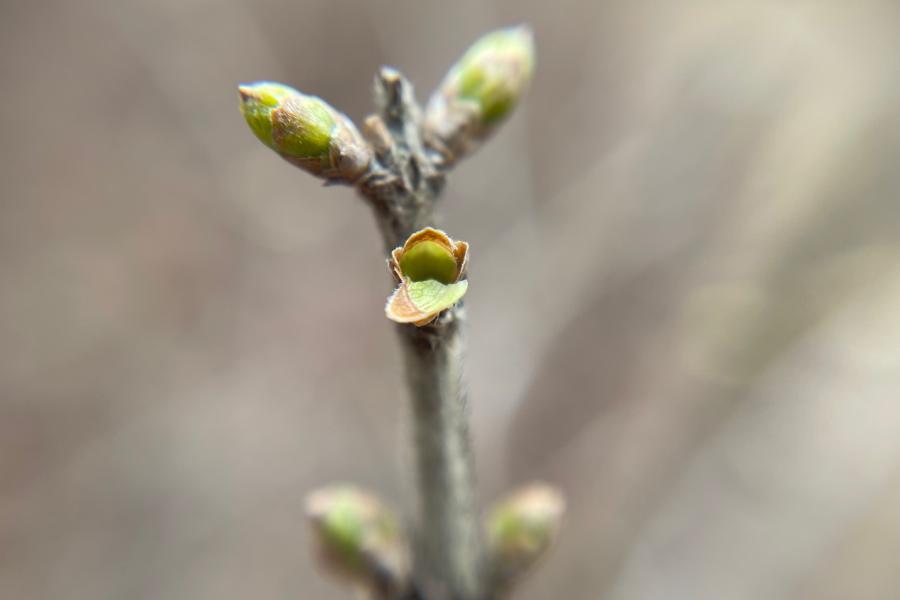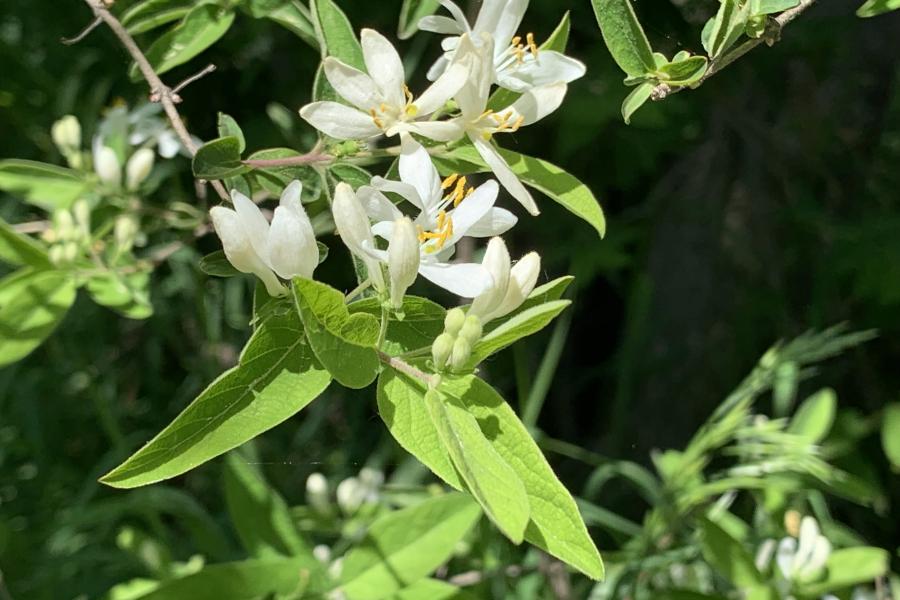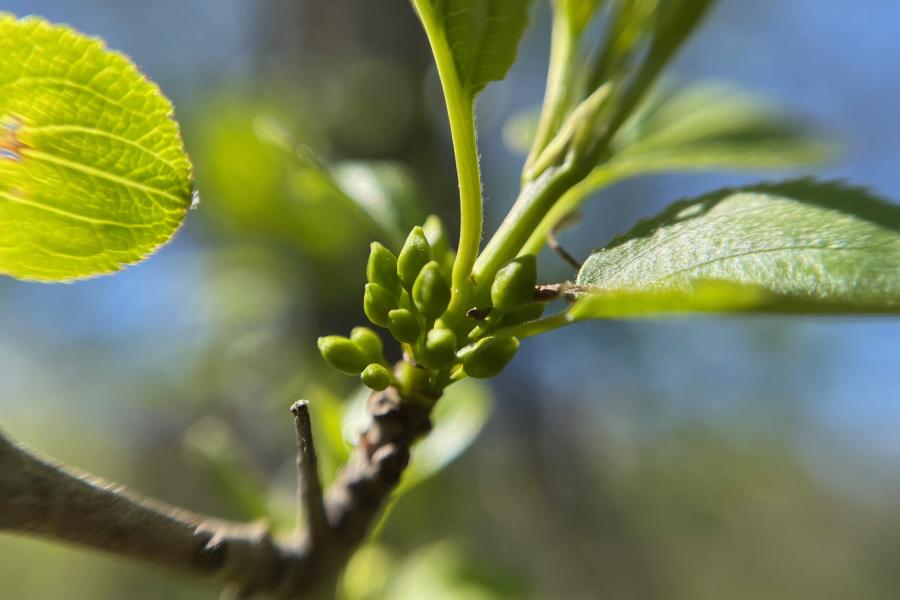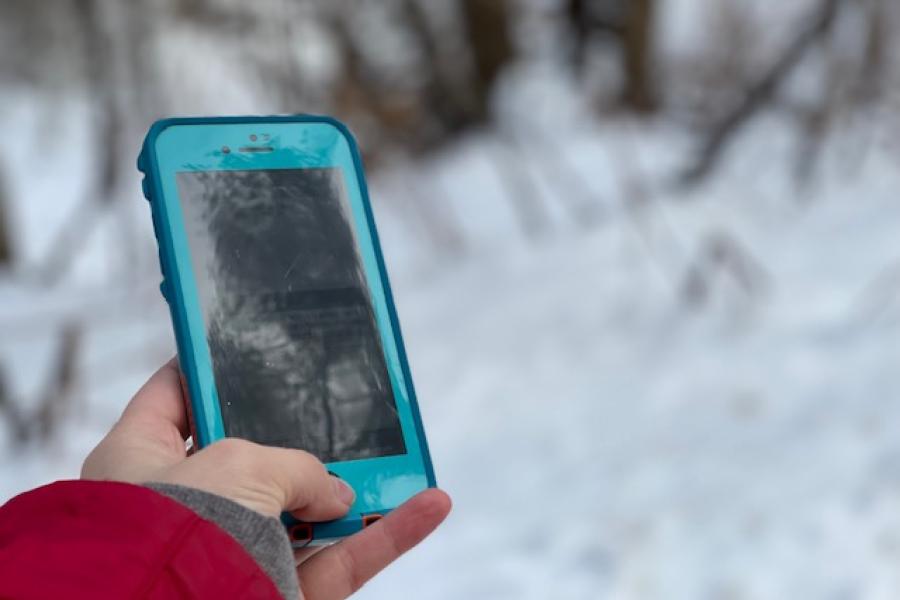Phenology
The Vermont Invasives Phenology Network (VIPN) is a network of projects establishing a baseline dataset for invasive plant phenology in Vermont. Phenology is the study of the timing of seasonal changes in living things. Understanding plant phenology helps us anticipate when plants will go through certain life stages, like leafing out, flowering, and dying back for the winter. This information is useful for all kinds of research and management – particularly management that depends on precise treatment timing, like for managing invasive plants.
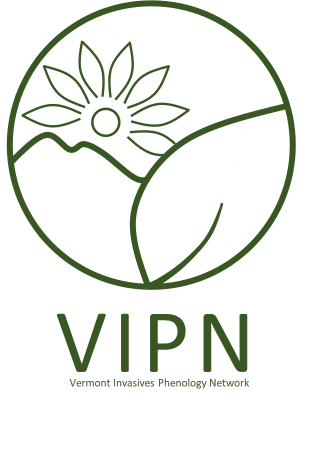
Phenology Research F.A.Q.
- Current Phenology Projects
-
Check out our phenology monitoring projects page to learn more about each project in the network, and how to get involved!
- Who Runs The Network And These Projects?
-
The Vermont Invasives Phenology Network (as of 2023) and these associated projects are currently run by staff from the Vermont Department of Forests Parks & Recreation. FPR's Forest Protection Section staff developed and, alongside their volunteers, are implementing all aspects of these projects within the state.
- Why Study Phenology?
-
We’ll be able to track phenological shifts in these plants that occur due to climate change.
We'll also be able to more immediately use the data to help plan for and manage invasive plants effectively. Management is often linked to the timing of a species' life cycle events (growth, flowers, fruit/seed set and ripening, etc.).
There’s currently an absence of strong, widely available invasive plant phenology data, so when people ask us when something’s flowering or when to time treatments, we honestly don’t know because that data hasn’t been previously recorded and shared in Vermont, and existing data is based on out-of-state management experiences.
For example, invasive buckthorn spreads primarily by seed, and has a high germination rate from seeds present in the soil. Because of the high risk of spread or re-establishment by seed, treatments are most effective before the plant goes to seed. Current estimates of "August-September" or "in the fall" for when buckthorn seed set occurs do not provide granular detail needed for localized efforts that may need to plan for management activities months in advance. And preliminary data from our project shows these previous time range estimates may not be accurate for what we are seeing on the ground in Vermont.
- What Will This Data Tell Us And Who Is It For?
-
Our invasive plant phenology project will provide accurate, freely available, scientifically collected phenology data. We want this information available to land managers and communities statewide.
- When Are These Projects Happening?
-
The goal is to establish, by August 2026, a sustainable phenology monitoring network that provides seasonal updates designed to inform statewide and regional land managers and communities about the phenology trends of invasive plants to best time management activities.

